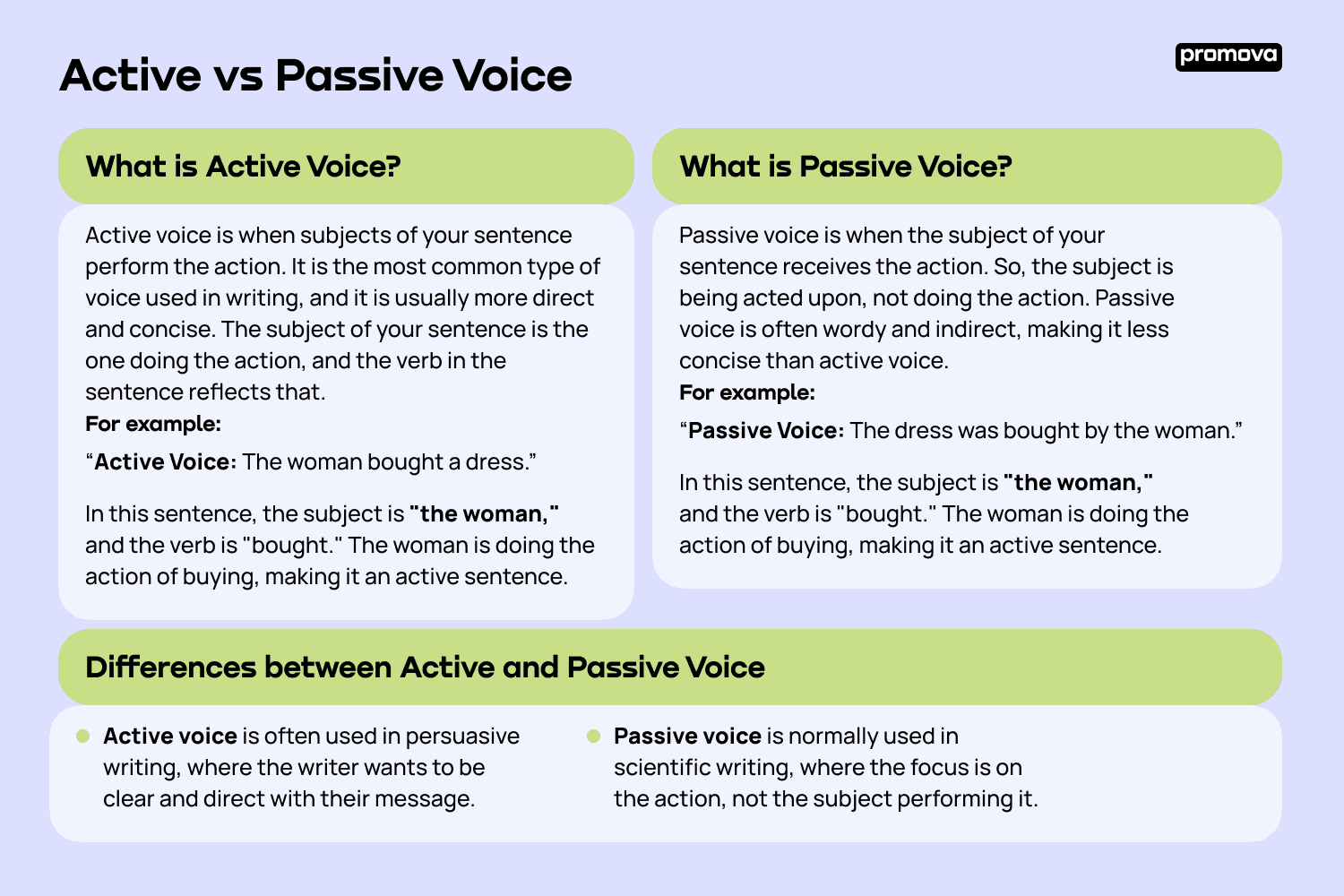When it comes to writing, understanding the difference between active and passive voice is crucial. Active voice makes your writing more engaging, direct, and clear, while passive voice can make it sound more distant, vague, and passive. By mastering these rules, you can enhance the quality of your writing and effectively communicate your ideas to your audience.
Active voice is when the subject of the sentence performs the action, while passive voice is when the subject receives the action. For example, in active voice, the sentence “The cat chased the mouse” clearly shows that the cat is the one performing the action of chasing. On the other hand, in passive voice, the sentence “The mouse was chased by the cat” shifts the focus to the mouse being chased without clearly stating who is doing the chasing.
One important rule to remember is that active voice is generally preferred in most types of writing because it is more direct and engaging. It conveys a sense of immediacy and clarity that passive voice often lacks. Passive voice, on the other hand, is more appropriate in certain situations where the subject is unknown or less important, or when you want to emphasize the action rather than the doer.
Another rule to keep in mind is to avoid overusing passive voice in your writing. While passive voice can be useful in some cases, using it too frequently can make your writing sound dull and passive. Instead, strive to use active voice whenever possible to make your writing more dynamic and engaging.
Additionally, be mindful of the verb tense when switching between active and passive voice. The tense of the verb should match the subject of the sentence to ensure clarity and consistency in your writing. By paying attention to these rules, you can effectively use active and passive voice to enhance the impact of your writing.
In conclusion, understanding the rules of active and passive voice is essential for improving the quality of your writing. By using active voice to make your writing more direct and engaging, and passive voice strategically when needed, you can effectively communicate your ideas and engage your audience. Remember to practice and apply these rules in your writing to become a more effective and persuasive communicator.
